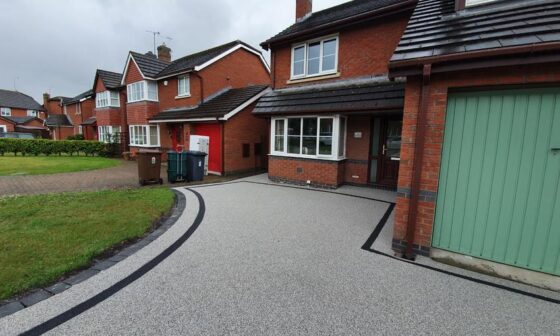Shared ownership homes are becoming increasingly popular in the UK as a way for people to get onto the property ladder.
But when it comes to making alterations to these homes, many people are unsure about what they can and can’t do.
One common question is whether or not you can put a conservatory on a shared ownership house?
What is a Shared Ownership Home?
A shared ownership home is a type of property that allows you to buy a percentage of a home, rather than the whole thing.
You pay a mortgage on the portion you own and rent the remainder from a housing association.
This can be a great option for people who can’t afford to buy a home outright, but still want to take advantage of the benefits of home ownership.
Can You Put a Conservatory on a Shared Ownership Home?
The short answer is that it depends. If you own a percentage of the home, you will have the right to make alterations to it, but you will need to check with the housing association first.
They will usually have guidelines in place about what alterations are allowed and may require you to get planning permission or other approvals before you can go ahead with the work.
What to Consider Before Adding
Before putting a conservatory on a shared ownership home, there are several factors to consider:
-
Cost: Adding a conservatory can be a significant investment, so it’s important to make sure you can afford it before making a decision. You’ll need to factor in the cost of the conservatory itself, as well as any associated costs such as planning permission, building work, and furniture.
-
Planning Permission: Depending on the type of conservatory you want to build and the location of your shared ownership home, you may need planning permission. You should check with your local council to see what the requirements are and whether you will need to apply for permission.
-
Property Value: While a conservatory can add value to your shared ownership home, it’s important to consider whether it will actually increase the value of your property in the long term. This will depend on factors such as the location of your home, the type of conservatory you build, and the current property market.
-
Maintenance: Conservatories need regular maintenance to keep them looking their best, so it’s important to consider whether you’re willing and able to take on this responsibility.
-
Impact on Rent: If you’re adding a conservatory to a shared ownership home, it’s important to consider the impact it may have on your rent. The housing association may require you to pay more rent if the value of your home increases as a result of the conservatory.
-
Housing Association Guidelines: Finally, it’s important to check with the housing association to see what their guidelines are for adding a conservatory to a shared ownership home. They may have specific requirements or restrictions that you need to be aware of before making a decision.
Summary
Adding a conservatory to a shared ownership home can be a great way to increase the size and value of your property, but it’s important to consider all the factors involved before making a decision.
You should check with the housing association to see what their guidelines are and make sure you can afford the costs involved. If you’re still unsure, it may be a good idea to speak to a professional builder or architect for advice.


